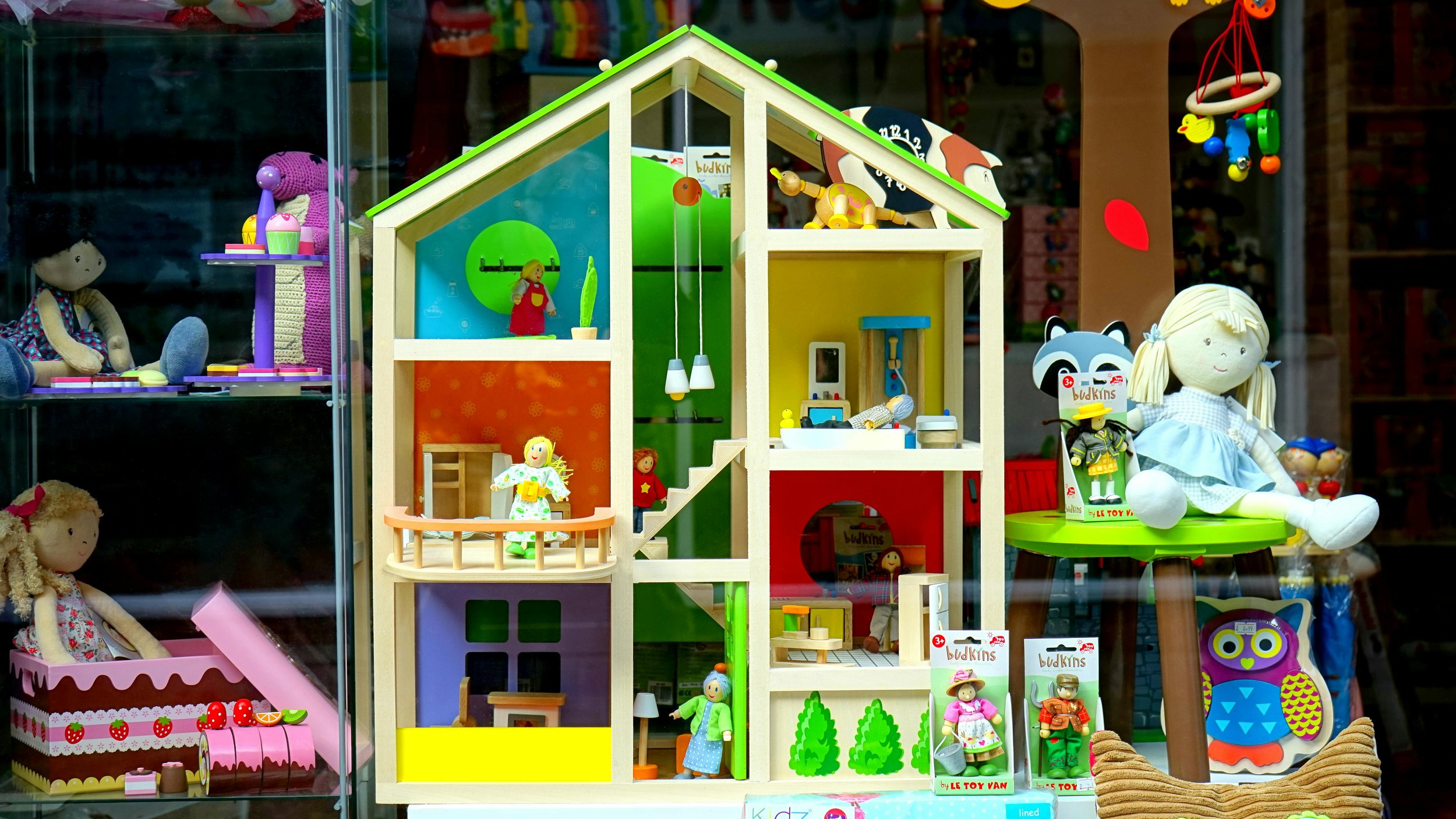The Power of Play: Making Sense of Our Stories
Play. When you hear this word, what images, thoughts, and feelings does it evoke? Carefree moments? Toys, laughter, imagination, creativity, relaxation? Perhaps these – or perhaps something else entirely. I often wonder if, as a society, we have forgotten how to play. In a world where so much is handed to us for consumption rather than creation, it can be easy to lose touch with that innate desire within us to express ourselves creatively.
What do I mean by this? It’s probably easiest to explain by going back to basics. After sensory experiences, play is the first symbolic language a child adopts. As a baby, a child responds to sensory input – something pleases them (a parent’s smile, a colourful toy), so they gurgle and smile; something upsets them (a wet nappy, hunger), so they cry for help. As they grow, they begin to acquire language – but often not enough to fully express the complexity of their internal world. Play bridges that gap. It gives the child a language through which to create narratives, explore feelings, and make sense of experiences. Through play, children can experiment with different outcomes and discover agency in situations that may otherwise feel beyond their control.
Play also allows for repetition – an essential part of processing confusion or pain. By playing out situations again and again, a child can both make sense of and soften their emotional impact. One of the key elements in trauma recovery is the telling of our story. The more we are able to give voice – or symbol – to our experiences, the less power they hold over us. We cannot change the story itself, but by reclaiming ownership of it, we change our relationship with it. In play, a child becomes the author rather than the puppet of their story.
So, I return to my original question: what is play? Do we, as adults, still allow ourselves to play – and if not, what might it look like if we did? How do we find creative ways to express what words alone cannot contain? Perhaps play, in its many forms, remains one of our most human capacities: to imagine, to create, to connect, and to heal.
Download PDF here

